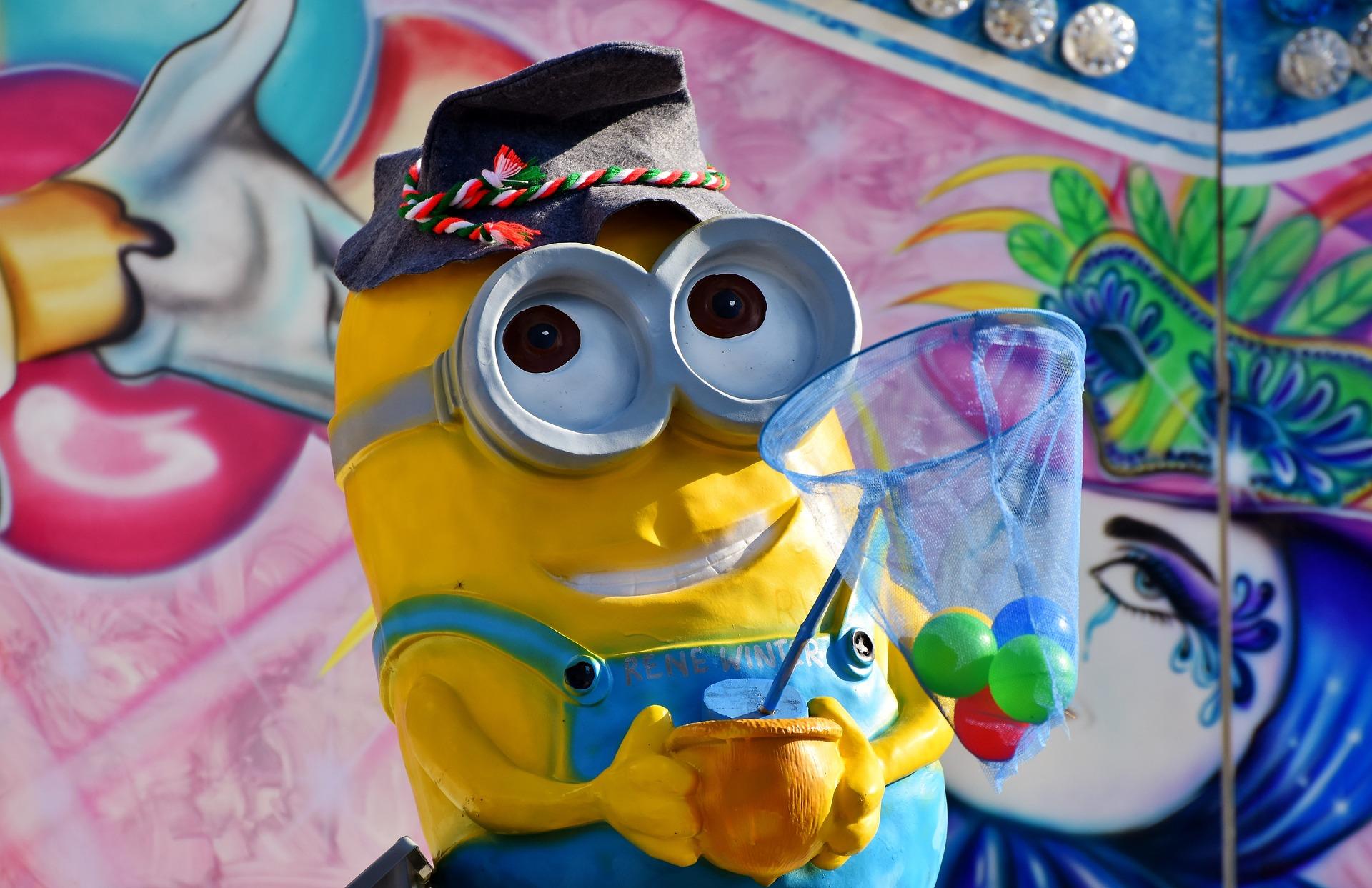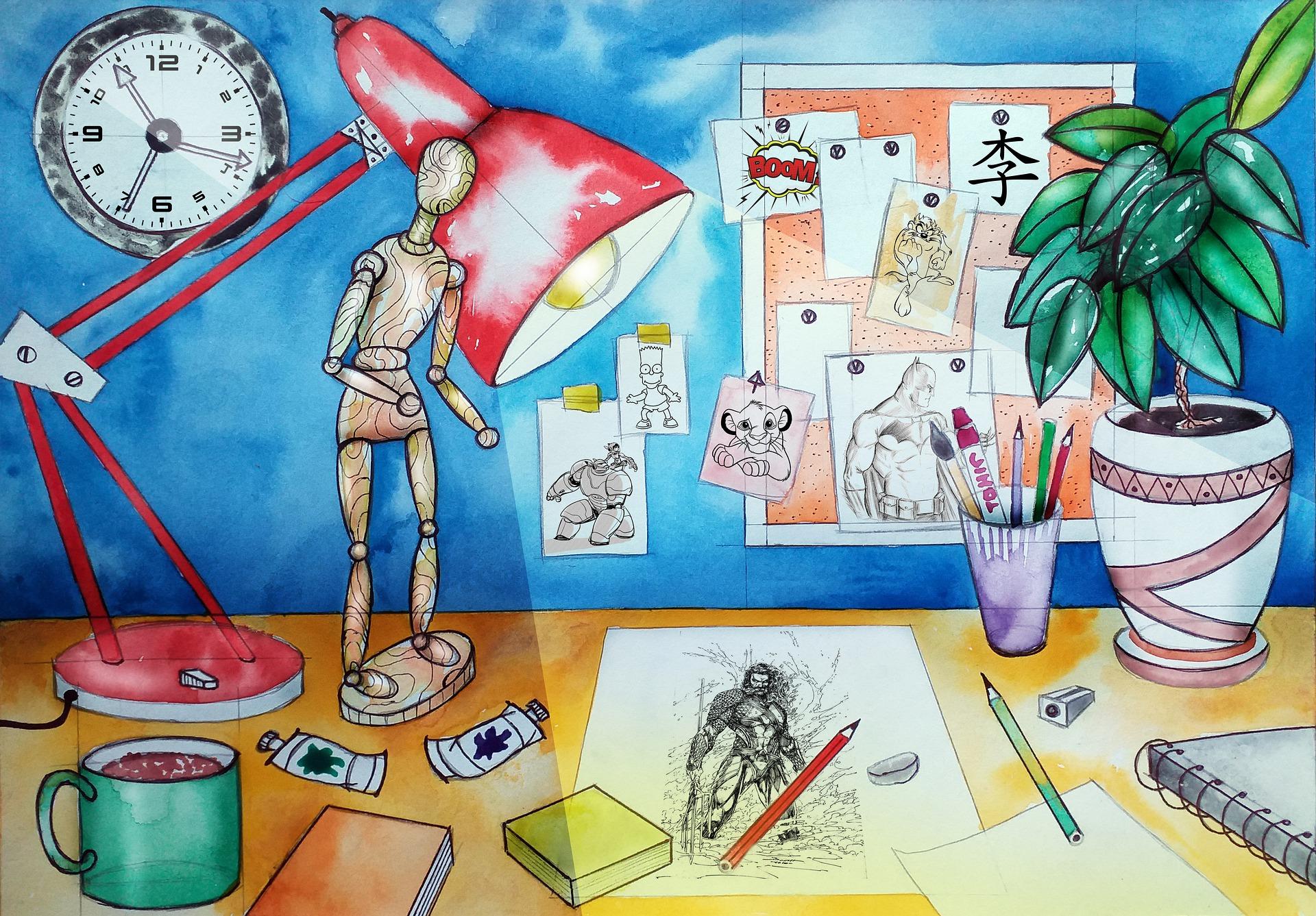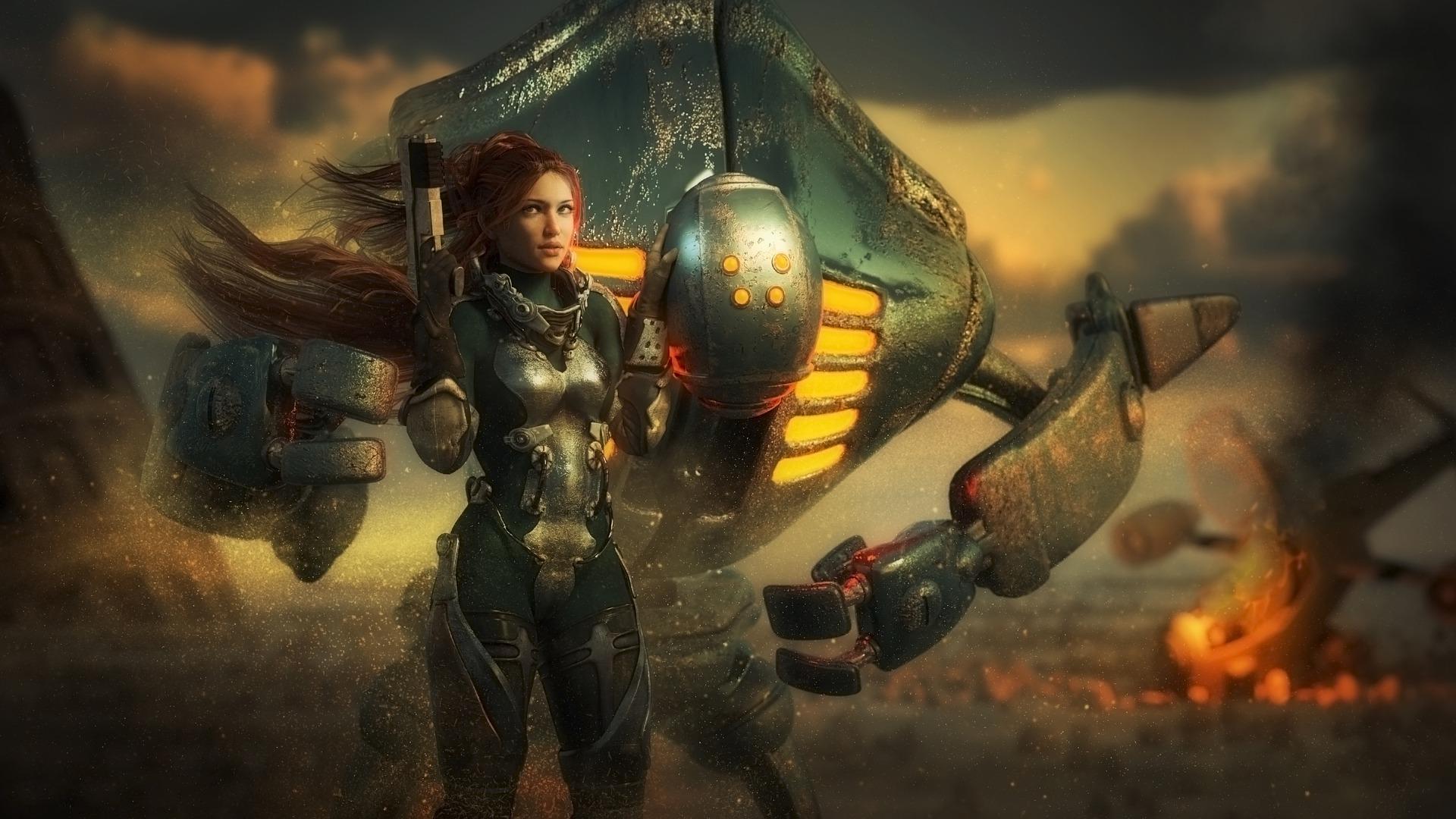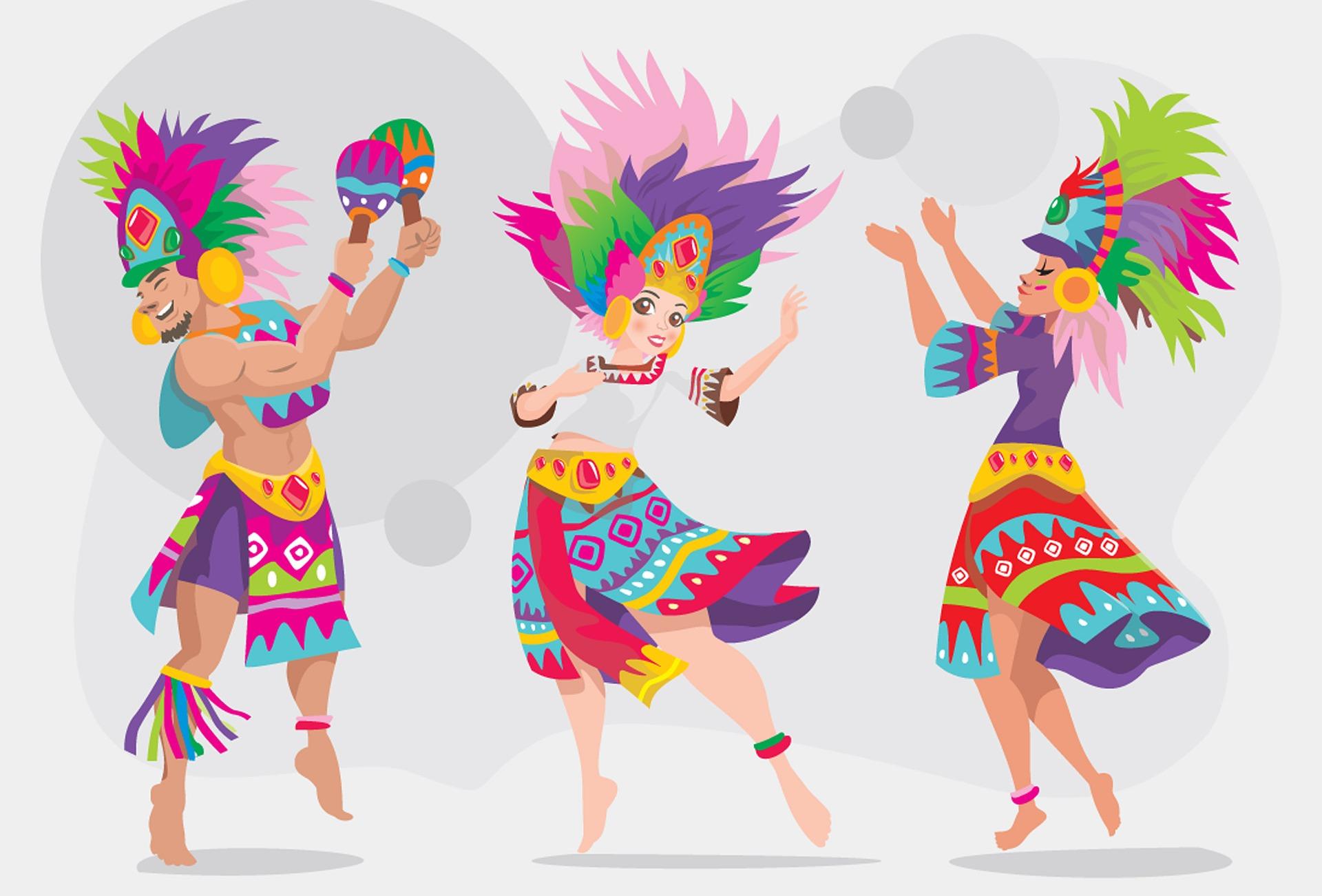Human beings love stories and animation is one of the most creative and exciting ways to tell tales of imaginative characters from magical worlds.
Simba and Nala found themselves in a completely different world to that of Buzz Lightyear in Toy Story. Animators use their skilled artistry and ingenuity to whisk us away to these realms created in a unique animation style for that specific film, game or video.
To bring their ideas to life took years of learning and commitment. Modern animators require a sound understanding of animation software and whether the program they intend to use has the features and templates that will support their vision.
This article will give you a list of the most well-known animation techniques with great tips to guide you in your learning journey. If you want to know how to start animating for beginners, you can research some of the best animation software programs we cover and hopefully you’ll be encouraged to explore and learn to animate with passion.

Drawing Characters and Backgrounds
There are many different moving parts to creating a professional looking animation. While you are learning you’ll have to create your own story and take on the role of the sound technician, the character designer and editor.
To design unique characters is a pivotal part of the process and learning to draw will allow you to create fresh personalities to suit your story and animated world. The drawing style will also determine whether you create anime type characters, a cartoon story or something more realistic.
The internet is filled with great resources to help you explore shape, action, form, facial expressions and movement in your drawings. Use YouTube videos for tutorials and for a more structured approach to learning to draw you can contact one of our Superprof drawing tutors.
Considering the ‘world’ in which these characters live is another exciting and specialist area that is usually covered by background artists. The environment is imperative to the story, and studios can use artistic effects like watercolour painting, pastel painting, drawing and even live photographs for the background environment.

Beginner Animation Starts With a Scenario
Writing and making the first little story for your animation is exciting. It’s important to have a great storyline or plot when you develop a full professional film. Easy animation ideas for beginners can however be something more simplistic, like a short and specific scenario a character goes through.
You can also use any short story, real life event or a specific scene from a film if your current focus is more on creating a character and taking action to making your first video. Think about how you can make these existing scenarios funny and how changing the character action and environment might bring a completely different angle to it.
Superprof lists a range of qualified writers who can guide you throughout this process. How experienced you want to become in screenwriting is up to you and you can brainstorm a little scenario with them with heart or humour.
Read here for more tips on making your first animation.
Traditional Animation/Cel Animation
Classic animations, like the Disney films of Mickey Mouse, made use of a traditional style of animation called hand-drawn animation. After creating their characters on paper, the artists will transfer the drawings of each frame onto celluloid sheets, transparent pages made from acetate.
To create the illusion of movement they flip through the sequential various frames. Cels are used so that they only have to redraw the moving parts of the scene and the static elements, like the background, remain as it is.
This is a lovely technique for any new animator to try and a lot of passionate animators still animate using this technology. A modern animation studio would rather opt for the advanced programs that allow them to spend less time on the process.
The feel of these animated videos is ‘flat’ and 2 Dimensional. It is however not the only way to create 2D animations and modern animation software can simplify the process, but more about that later.

Stop-Motion Animation
In stop-motion animation animators sculpt characters using clay, dolls, paper or Lego. It might also be seen as a traditional animation technique that’s applied less frequently nowadays due to the intensive amount of time and work it requires. One of the best examples of stop-motion animation is the well-known Wallace and Gromit films and other examples include films like Corpse Bride, Chicken Run and The Lego Movie.
To create your own stop-motion animation you’ll need characters that move in a static environment. If you are using a doll, you will set your camera up to take pictures of each frame, like hand-drawn animation, before importing this into a program for animation. Playing frame after frame in quick succession will then bring the story to life through its illusive movement.
Programs for Creating 2D Animation
Creating 2D animations are much easier nowadays through the application of the great animation programs. You’ll be able to find free programs that boast with impressive tools like drag and drop functionality, pre-set templates and clear timeline editing features.

You can also draw and import your own vector elements into most modern animation programs, allowing you animate and combine your own paper drawn characters or draw directly on some of the programs using a graphite tablet and pen. Here's a list of some of the programs we recommend.
Maefloresta
Maefloresta is so easy to use that it’s even recommended for kids. Compatible with an Iphone and Android its intuitive and ideal for a beginner who wants to create their first, fun video.
Synfig
Synfig is ideal for beginners, it’s free and compatible with Windows, Linux and OSX. The fact that it offers more than 50 layers for simple to more complex animations is certainly a pro, while a con might be the availability of tutorial videos for beginners.
Pencil2D
This free, open-source platform will allow you to learn how 2D animation works, but one downside could be its limited shapes tool. It’s vector compatibilities allow you to import and export elements across platforms like a pro.
CelAction2D
This premium software program is more aimed towards professionals. With multiple camera features and the ability to work on thousands of layers it has the advanced features a professional animator would require while the biggest pro is the low system requirements to download it.
Take a look at the below list for you ideal 2D software:
- FlipaClip
- Moovly
- LightMV
- Opentoonz
- Flipbook
- Toon Boon Harmony
3D Animation
Most animation courses and modern animation films make use of CGI (Computer Generated Images) and 3D effects. Generally, the characters are created and modelled in 3D, directly on the computer or by scanning real objects into a computer. This means that even those who are not able to draw the chance to create stunning animations.
The way of creating motion or movement depends on the program and the animator’s process. They either create frameworks or keyframes with points that can be manipulated or moved, like a skeleton. Alternatively, they make use of a process called live actor motion capture where a person is used with markers on them to track and capture each action or expression.
Rendering is the final part of creating a 3D video and a professional studio will have powerful computers and professional rendering software to give their story a specific style.

Motion Graphics
Pure motion graphics focusses on the animation and effects around typography and logo elements. It is applied in explainer videos and product demos for brands and gives movement to the elements used in graphic design.
As imagined, there’s less of a story element to the actual animation of this and more frequently you’ll find that companies are animating their logos for digital mediums.

Keeping an eye on the latest animation releases while understanding the history of animation will certainly make a better animator of you. Try out various animation software programs and start to learn about the pros and cons, features, templates and tools that make your animation work easier and more impactful. Luckily, most animation software programs will offer a free trial.
Our last tip is to reach out to professionals whenever you need help. If you don’t know professional animators you can look for online tutorials, which are aplenty on YouTube, or seek out an online course or animation school. Sometimes it’s useful to first explore and discover whether you are really called to become an animator and a Superprof tutor could be ideal in this part of the process.
With talented writers, artists, computer programmers and musicians, you’ll be able to find a tutor that can get you started at a fraction of the cost. Whether you want to try it out as a hobby or become a professional, you’ll find the level and experience of each of our tutors online and can select who will best guide you in your learning journey.
Remain curious, enjoy discovering the magical world of animation and go create.















